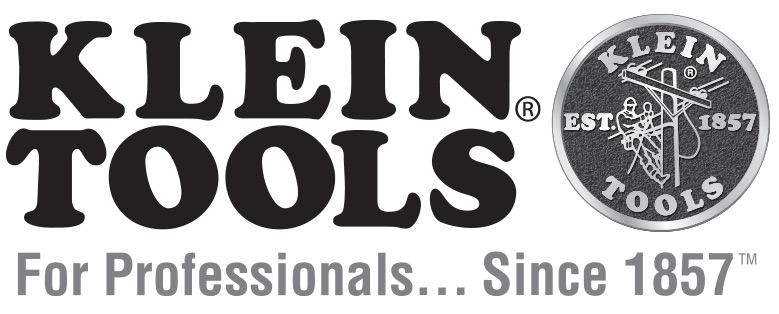Are there any requirements for testing insulated tools? I know there are requirements for testing rubber blankets, gloves, and hot sticks. I was asked about our insulated tools and didn't find any requirement but was wondering if I missed something?
You are using an out of date browser. It may not display this or other websites correctly.
You should upgrade or use an alternative browser.
You should upgrade or use an alternative browser.
Requirements for testing 1000V insulated screwdriver.
- Thread starter Rsparky
- Start date
- Status
- Not open for further replies.
kwired
Electron manager
- Location
- NE Nebraska
- Occupation
- EC
Don't know but let me ask, are you supposed to be wearing the gloves when using said screwdriver? Seems like it wouldn't be as critical to even have an insulated tool if you are. At most you are reducing unintended contact with the tool to other conductive surfaces with an insulated tool and insulated gloves.
hillbilly1
Senior Member
- Location
- North Georgia mountains
- Occupation
- Owner/electrical contractor
The only thing I can think of, is if white is showing through the orange, the tool is damaged and cannot be used.
hillbilly1
Senior Member
- Location
- North Georgia mountains
- Occupation
- Owner/electrical contractor
We require insulated tools when working near any live parts, not necessarily actual live parts. Probably the same with the op’s employer.Under what conditions are you working hot and especially where 1000v insulation is a concern?
Roger
Well how close are you to open busses or electrical parts and what other PPE are you wearing? What OSHA and or 70E requirements are you following? We had complicated "hot work permits" to fill out and have signed before approaching parts that would require 1000V (less really) parts.
Roger
Roger
hillbilly1
Senior Member
- Location
- North Georgia mountains
- Occupation
- Owner/electrical contractor
Gloves, rubbers, balaclava, face shield, the whole nine yards. If other than testing and troubleshooting, permit required, but no actual contact with live parts other than meter leads. Anything that involves tightening live parts or replacing live parts strictly prohibited and requires shutdown to perform.Well how close are you to open busses or electrical parts and what other PPE are you wearing? What OSHA and or 70E requirements are you following? We had complicated "hot work permits" to fill out and have signed before approaching parts that would require 1000V (less really) parts.
Roger
We were pretty much the same.Gloves, rubbers, balaclava, face shield, the whole nine yards. If other than testing and troubleshooting, permit required, but no actual contact with live parts other than meter leads. Anything that involves tightening live parts or replacing live parts strictly prohibited and requires shutdown to perform.
Roger
We are dressing to the cal/cm² on the arc flash label applied to the panel or MCC door. My experience with insulated tools is that they are helpful when working on batteries and battery banks. I am coming away with the impression that no one has heard of any testing requirements for insulated tools. I will continue to monitor. Thank you all for your input.
R
R
kwired
Electron manager
- Location
- NE Nebraska
- Occupation
- EC
We require insulated tools when working near any live parts, not necessarily actual live parts. Probably the same with the op’s employer.
Gloves, rubbers, balaclava, face shield, the whole nine yards. If other than testing and troubleshooting, permit required, but no actual contact with live parts other than meter leads. Anything that involves tightening live parts or replacing live parts strictly prohibited and requires shutdown to perform.
Seems it would be pretty rare you will have any nearby live parts while tightening that screw terminal that was the reason to shut down.
Take a panelboard, you could kill a breaker load side terminal by turning the breaker off, yet you are probably supposed to kill power to the entire panelboard before doing any work inside other than taking voltage measurements?
hillbilly1
Senior Member
- Location
- North Georgia mountains
- Occupation
- Owner/electrical contractor
One example would be replacing a breaker in a panel that has the service disconnect in it. You can turn off the main, but you still have exposure to the utility side of the main. The buss is dead, but full ppe and insulated tools are still required to change the branch circuit breaker because there is still voltage in the enclosure. We also require a permit when doing so because of that.

The Standards for Insulated Tools
Klein Tools is committed to American Manufacturing, since 1857. For over 160 years, Klein Tools has remained dedicated to professional tradesmen worldwide, with a commitment to manufacturing the world's finest hand tools right here in America. We don't just make great products, we make great...
- Location
- Illinois
- Occupation
- retired electrician
One manufacturer has this statement in their instructions. I believe most other manufacturers have the same statement.
Insulated tools manufactured using the dipping process feature two layers of insulation in contrasting colours (red and yellow, or orange and yellow). Besides its insulation properties, the inner layer also acts as a safety indicator. When this layer becomes visible through the outer layer the tool is no longer safe to use and has to be replaced.
- Status
- Not open for further replies.

